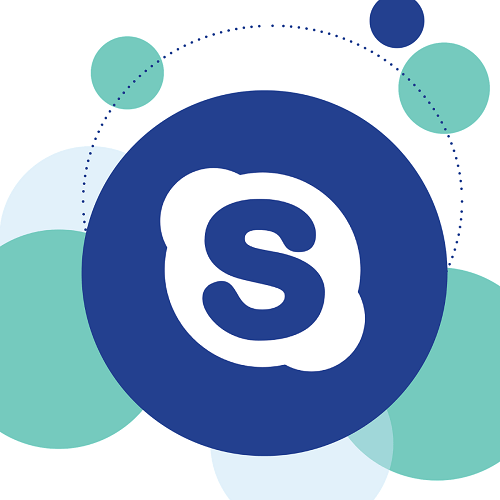

It translates what you just said when you’ve finished talking, and it translates what the person you called said, when they finish talking,” said Skype. “The translator bot acts like a third participant in the call. The machine language translator is the same as the one behind Microsoft’s web-based Bing Translator, re-trained specifically for conversation.Ī ‘bot’ is responsible for creating the call, and sending audio streams to the speech engines in exchange for translation and transcription. “When you say something, the software can find something similar in its statistical model, and apply the previously learned transformation from audio to text and from text into the foreign language,” said Skype. Training data has come from a variety of sources, including translated web pages, videos with captions, as well as previously translated and transcribed one-on-one conversations.Īfter this data is prepared and entered into the machine learning system, the machine learning software builds a statistical model of the words in these conversations, and their context. The translation process includes the removal of ‘disfluencies’ (‘ahs’, ‘umms’, and re-phrasings), division of the text into sentences, and the addition of punctuation and capitalisation. Participants are all notified as the call begins that their conversation will be recorded.” “The software can learn to better recognise and translate the diversity of topics, accents and language variation of actual Skype Translator users.

During what Skype is calling the ‘preview stage’, the conversations of participants will be recorded and used to further train the translator.


 0 kommentar(er)
0 kommentar(er)
